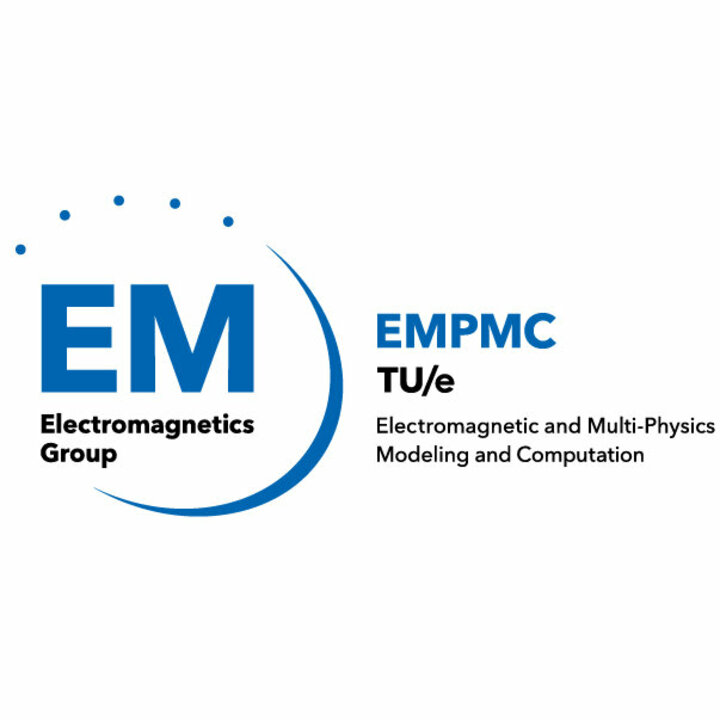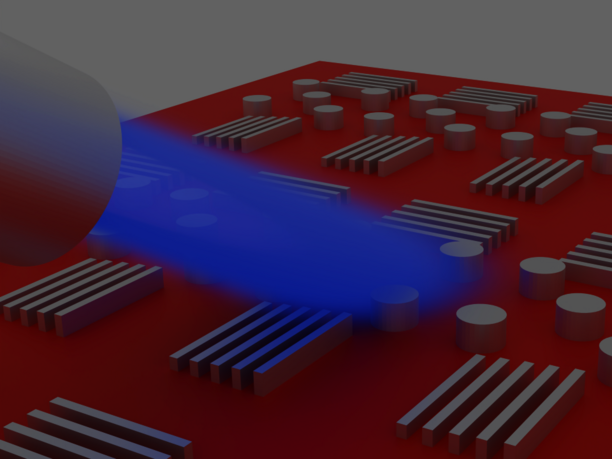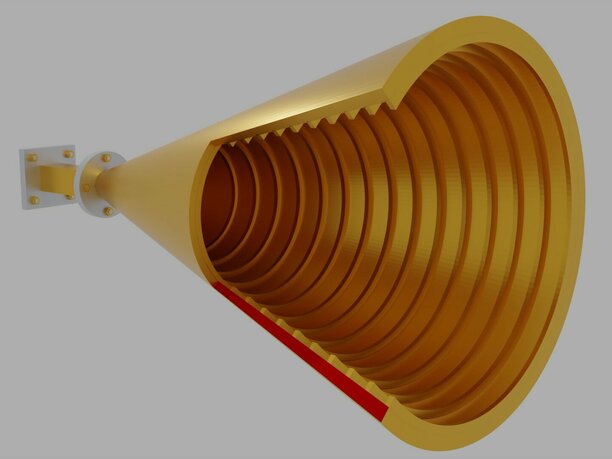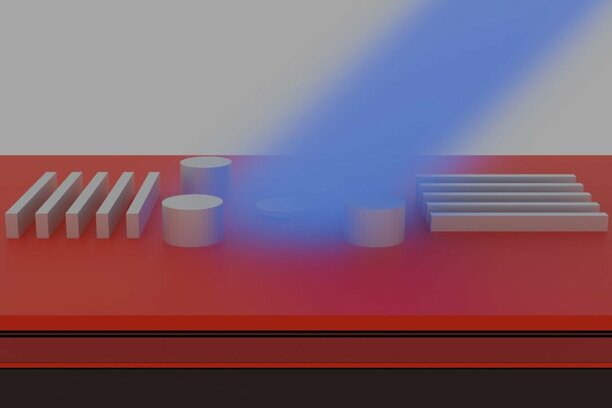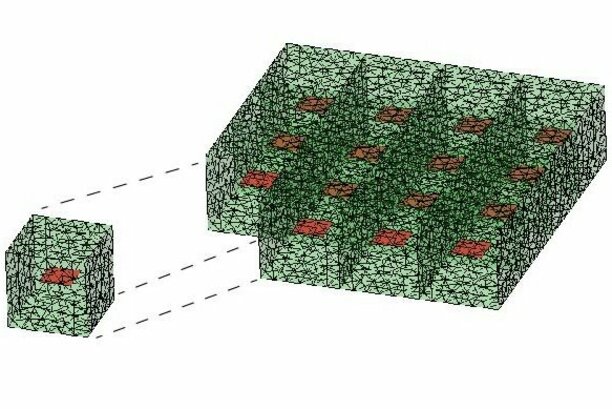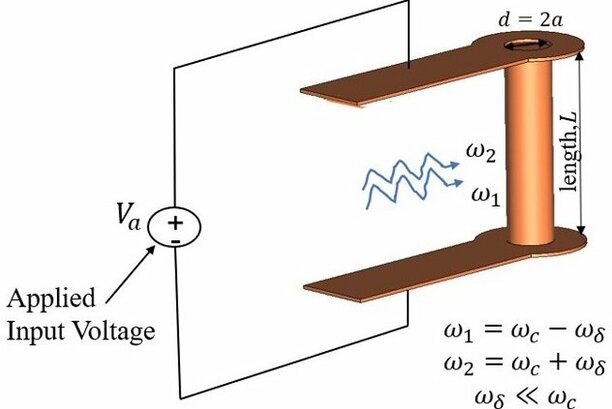Research Profile
The Electromagnetic and Multi-Physics Modeling and Computation (EMPMC) lab is part of the electromagnetics group at Eindhoven University of Technology. The lab has a long-standing track record on developing modeling methods for electromagnetic scattering, with applications and research partners in industry and medicine. More recently, the research of the lab is being expanded to multi-physics phenomena in which one of the phenomena involved is electromagnetics. The EMPMC lab is chaired by prof.dr.ir. M. C. van Beurden.
Read moreRESEARCH TOPICS WITHIN THE EMPMC-LAB
Meet some of our Researchers
Recent Publications
Our most recent peer reviewed publications
-
Elles A.L. Raaijmakers,Martijn C. van Beurden,Rob M.C. Mestrom
Electric Field Distributions in Brain Stimulation Experimental Setups
(2024) -
Daan van den Hof,Martijn C. van Beurden,Roeland Dilz
Flexible Discretization of Singular Green Functions Using a Composite Spectral Integration Path
Progress In Electromagnetics Research B (2024) -
Roeland Dilz
The windowed Fourier series with a complex-plane path deformation as an efficient discretization for spatial spectral integral equations
(2024) -
P.W.N. van Diepen,Martijn C. van Beurden,Roeland Dilz
FFT-acceleration and stabilization of the 3D Marching-on-in-Time Contrast Current Density Volume Integral Equation for scattering from high contrast dielectrics
Progress In Electromagnetics Research B (2024) -
Aneesh S. Deogan,Roeland Dilz,Diego Caratelli
On the Application of Fractional Derivative Operator Theory to the Electromagnetic Modeling of Frequency Dispersive Media
Mathematics (2024)
Contact
-
Visiting address
Groene Loper 19Flux, floor 9 (9.069)5612 AP EindhovenNetherlands -
Postal address
P.O. Box 513Department of Electrical Engineering5600 MB EindhovenNetherlands -
Secretary
